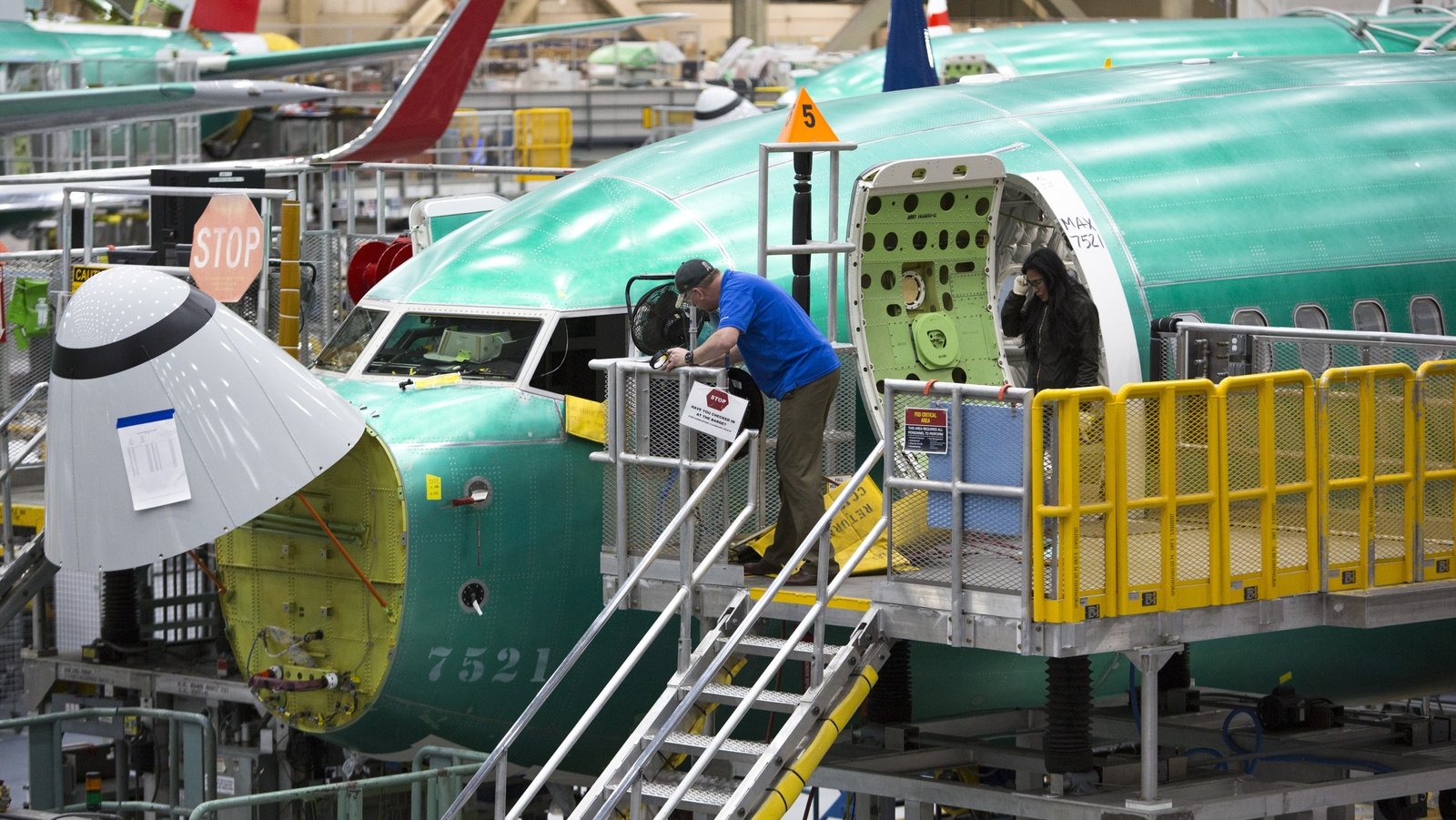

She says that it’s critical for the agency to hire more computer science experts and develop the ability to independently validate and verify code.Īn FAA R&D and engineering advisory committee chaired by Hansman has warned repeatedly over the years that the agency needs more expertise in software, among other technical areas.

The University of Michigan’s Atkins says that a vast talent gap between the companies and FAA in computer science slants that conversation toward industry. “When our autonomous system is doing something counterintuitive, is it doing something wrong or right? Sometimes the explanation for that behavior is very complicated,” says Kochenderfer.Ĭompanies developing urban air taxis like Boeing’s Aurora Flight Sciences, Textron unit Bell Helicopter and billionaire Larry Page’s Kitty Hawk are in a dialogue with the FAA to establish a roadmap for bringing their vehicles to market.
#737 max flight control system software#
The software controlling autonomous cars and aircraft will have to be capable of learning from experience and reacting to situations the designers couldn’t anticipate, and its decisions may be hard to interpret. With current flight control systems, “you just verify that given certain inputs you get an expected output,” says Mykel Kochenderfer, an aerospace professor at Stanford who’s the co-director of the university’s Center for AI Safety and the director of the SAIL-Toyota Center for AI Research. Nonetheless, experts warn that the agency will need a more sophisticated approach to assess the algorithms being developed to direct autonomous drones and urban air taxis. Designated representatives of the FAA will guide the development of a testing scheme by the developer and audit some of those tests, but FAA itself doesn’t execute any of the code.ĭaniel Elwell, the FAA's acting administrator, told a congressional panel after the Ethiopian crash that it would require roughly 10,000 more employees and another $1.8 billion for the agency to do the certification job by itself.

#737 max flight control system code#
With software, the certification process is focused on spelling out what the programming is needed to do and ensuring that the code matches up to those requirements. As of 2013, more than 90% of the work was being done by deputized consultants and employees at the manufacturers it oversees, according to a report from the Government Accountability Office.

With a limited budget and staff, the FAA has for decades relied on industry to shoulder most of the burden of certifying the safety of aircraft. Safety has been aided by the slow pace of change in aviation-new generations of airliners tend to be spaced out by 10 to 20 years-and plane makers’ tendency to reduce costs by reusing already certified code rather than completely rewriting software.Įven the flight controls of Boeing’s most advanced airliner, the 787, incorporate programming developed for much older planes, says Hansman. Software problems appear to have contributed to only a handful of air accidents (including one case involving an Airbus A330 that bears some similarities to the two Boeing 737 MAX crashes). John Hansman, a professor of aeronautics at the Massachusetts Institute of Technology. “It’s very hard to analyze mixed human-automation systems, in part because humans don’t behave in a reliable way,” says R.


 0 kommentar(er)
0 kommentar(er)
